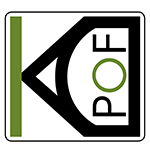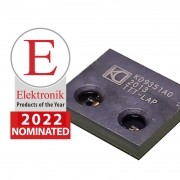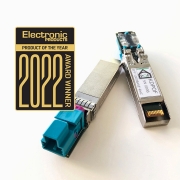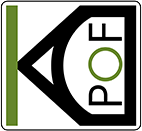Video Presentation of new Funzin Devices with KDPOF Inside
At the recent CES 2022, Funzin and KDPOF have jointly presented their optical in-vehicle network solution for autonomous vehicles. Funzin, software development and edge AI solution company, have implemented KDPOF’s KD1053 PHY IC and integrated KD9351 FOT (fiber optic transceiver) in the new Funzin AIoT Platform “FAIP 3.0” and Edge AI Device “Photon” for automotive.
The new system solution provides the gigabit communication infrastructure needed for sending and receiving high-capacity data. “We are happy to support the FAIP 3.0 and Photon with our new KD9351 FOT that, in combination with the continuing KD1053 IC, cuts the cost for 1 Gb/s by 30 percent, compared to STP (shielded twisted pair of copper wires),” explained Carlos Pardo. “By constructing the transimpedance amplifier, photodiode, LED driver, and LED as one single device, the integrated KD9351 provides efficient optical connectivity for safe backbone and ADAS sensor links in vehicles.”
“An automated driving car requires networks capable of controlling and processing a great deal of sensor data,” explained Ms. Deuk Hwa Kim, CEO/President of Funzin. “Our automotive network solution features an Ethernet backbone environment based on plastic optical fiber (POF) to eliminate electronic wave interference.”
Future-ready with Optical Networking in Vehicles
The new Funzin AIoT Platform “FAIP 3.0” and Edge AI Device “Photon” contain a controller board, a POF QHD camera, and POF cable. The carrier board supports the connection with variety of POF legacy devices. It provides eight optical interfaces with KDPOF’s KD1053 and KD9351, delivering bandwidths of 1 gigabit per second each. In addition to low cost, the integrated KD9351 FOT shortens the supply chain and omits test duplication with the final test at Tier1. Furthermore, the assembly is simplified and the connector offers snap-fit without soldering.
The KD9351 reuses low-cost MEMs encapsulation and allows SMD reflow assembly with 8 by 7 mm LGA components. It is fully shielded against electromagnetic radiation. Fiber connection is done with a very simple plastic connector placed on top. The temperature range, from -40 °C to +105 °C, conforms with harsh automotive environmental requirements. The FOT withstands motor conditions with a vibration class of V2. Additionally, the device endures water without sealing. EMC performance is excellent even with the ECU shield case removed, as shielding is integrated into the PCB component. Optics implement Tx and Rx lenses.
The key advantages of the optical solution, among others, are superior Electromagnetic Compatibility (EMC) thanks to the noise immunity, low weight, and low cost. The optical cables are absolutely reliable and at least as flexible as copper cables in the same bandwidth range. They allow fast, dynamic and tight bending as well as immersion in dark liquids. In addition, optical connectivity guarantees easy engineering for seamless implementation.










